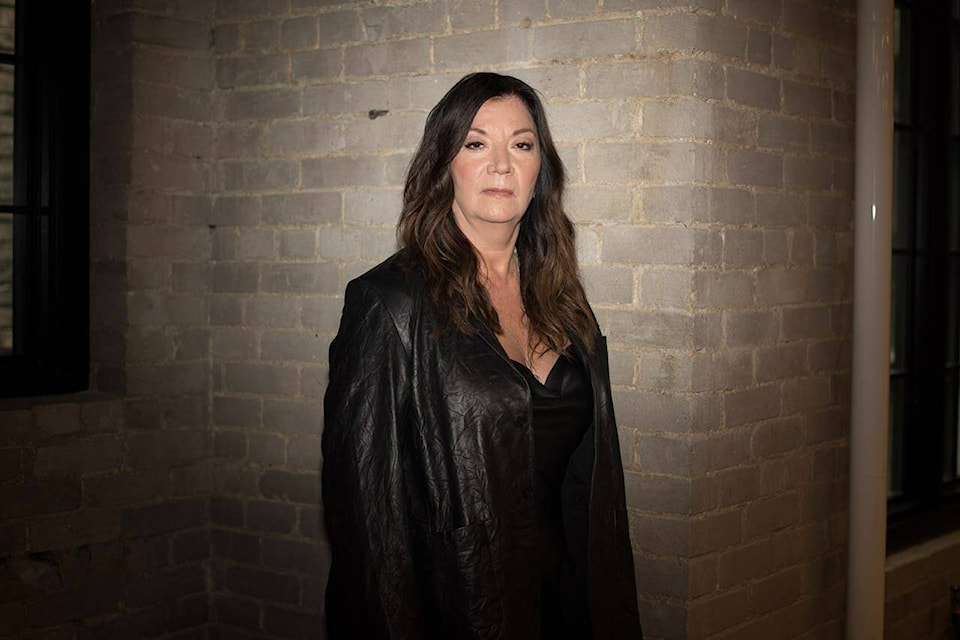Screenwriter/director Marie Clements says every Indigenous person who worked on her residential school drama тАЬBones of CrowsтАЭ has their own family story of residential school and that brought deeper meaning to each dayтАЩs shoot.
The historical saga debuted at the Toronto International Film Festival over the weekend, and is set to open the Vancouver International Film Festival on Sept. 29.
It recounts decades of systemic abuse against Indigenous Peoples as seen through the eyes of a Cree woman who survives residential school, is sent to war, and is haunted by painful memories until she begins to confront her abusers.
The Vancouver-born Dene/M├йtis filmmaker Clements says she knows itтАЩs been difficult for many Canadians to confront the painful history of Indigenous Peoples, and she hopes her sweeping drama can help. For Indigenous audiences, she hopes it offers тАЬsome reliefтАЭ to see their story told.
The largely Indigenous cast is led by Grace Dove and includes Graham Greene, Lorne Cardinal and a cameo by veteran documentary maker Alanis Obomsawin.
тАЬBones of CrowsтАЭ screens at the TIFF Bell Lightbox on Thursday. The Toronto International Film Festival wraps Sunday.
тАЬEvery single Indigenous person that worked on this film тАФ crew or performer тАФ has their own story, their own family story of residential school,тАЭ Clements said during a round of media interviews.
тАЬSo that kind of gives it a deeper meaning when we come to set and know this is what weтАЩre doing today. And weтАЩre going to go get it. Not just for ourselves, because weтАЩre driven that way anyway as artists, but for our families and for the truth.тАЭ
Clements says itтАЩs important to examine things that are unpleasant, discuss them and address them.
тАЬI think, strangely in the world, thereтАЩs still people that donтАЩt know about residential schools, donтАЩt know that it was a government policy, and that it was, you know, 150 years in the making,тАЭ says Clements.
тАЬWeтАЩre still trying to get to the truth. And I think that takes a long time in this country for people to understand what that means.тАЭ
тАФCassandra Szklarski, The Canadian Press



